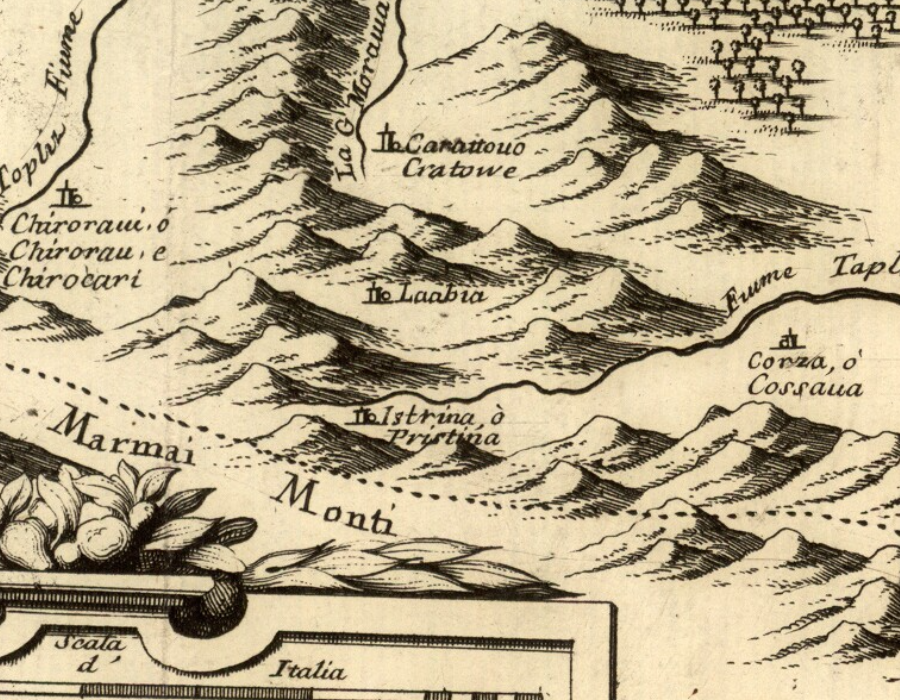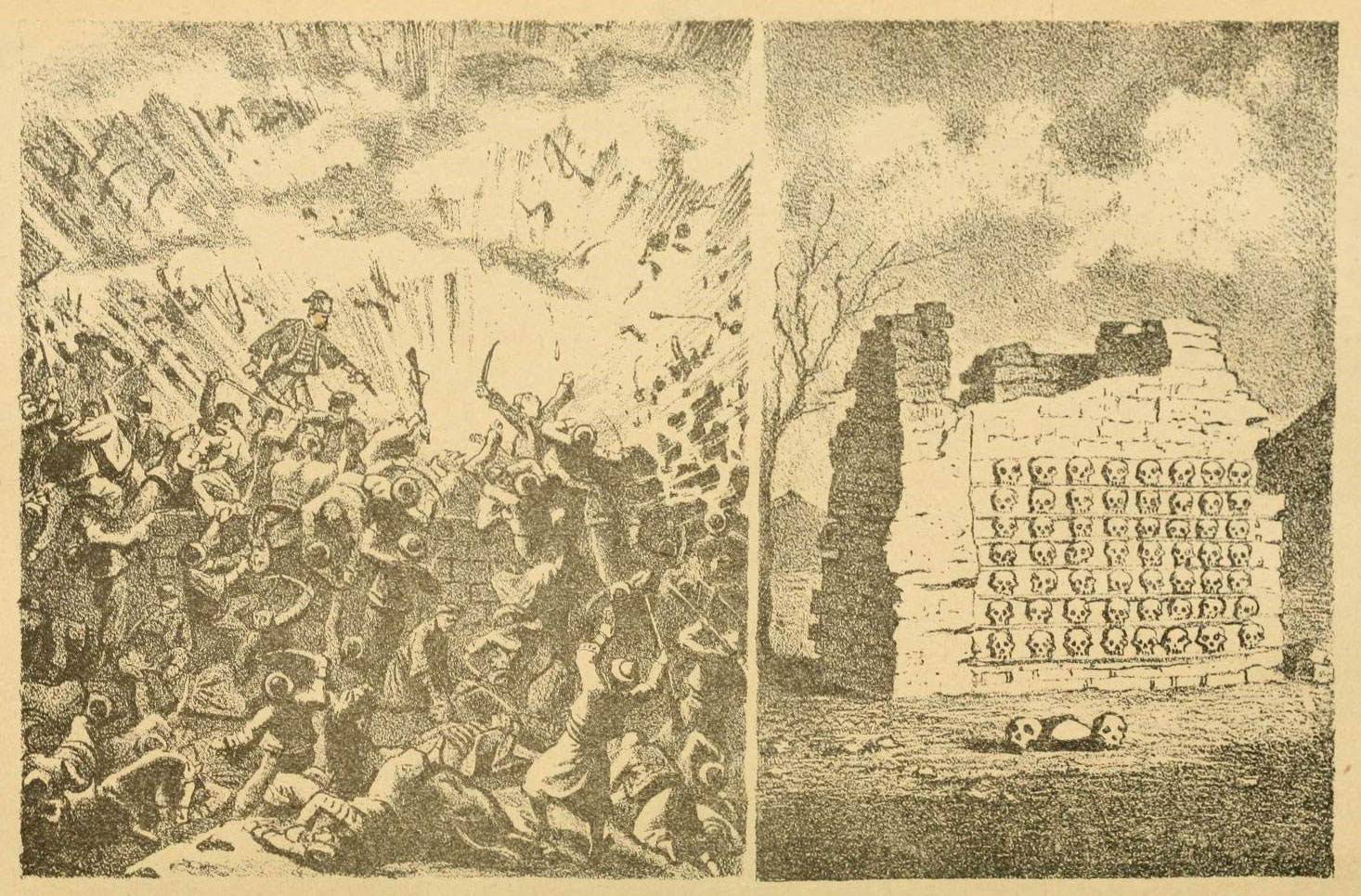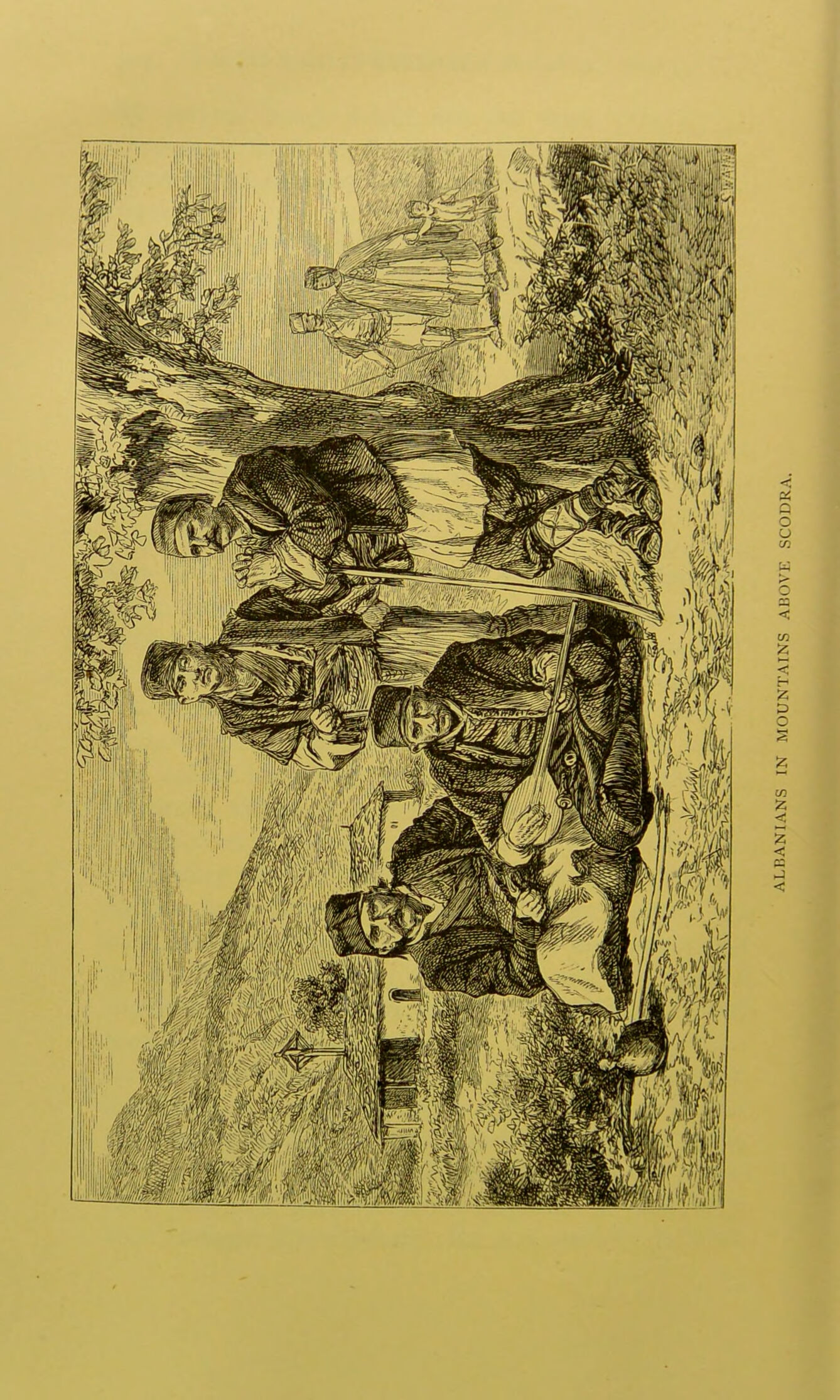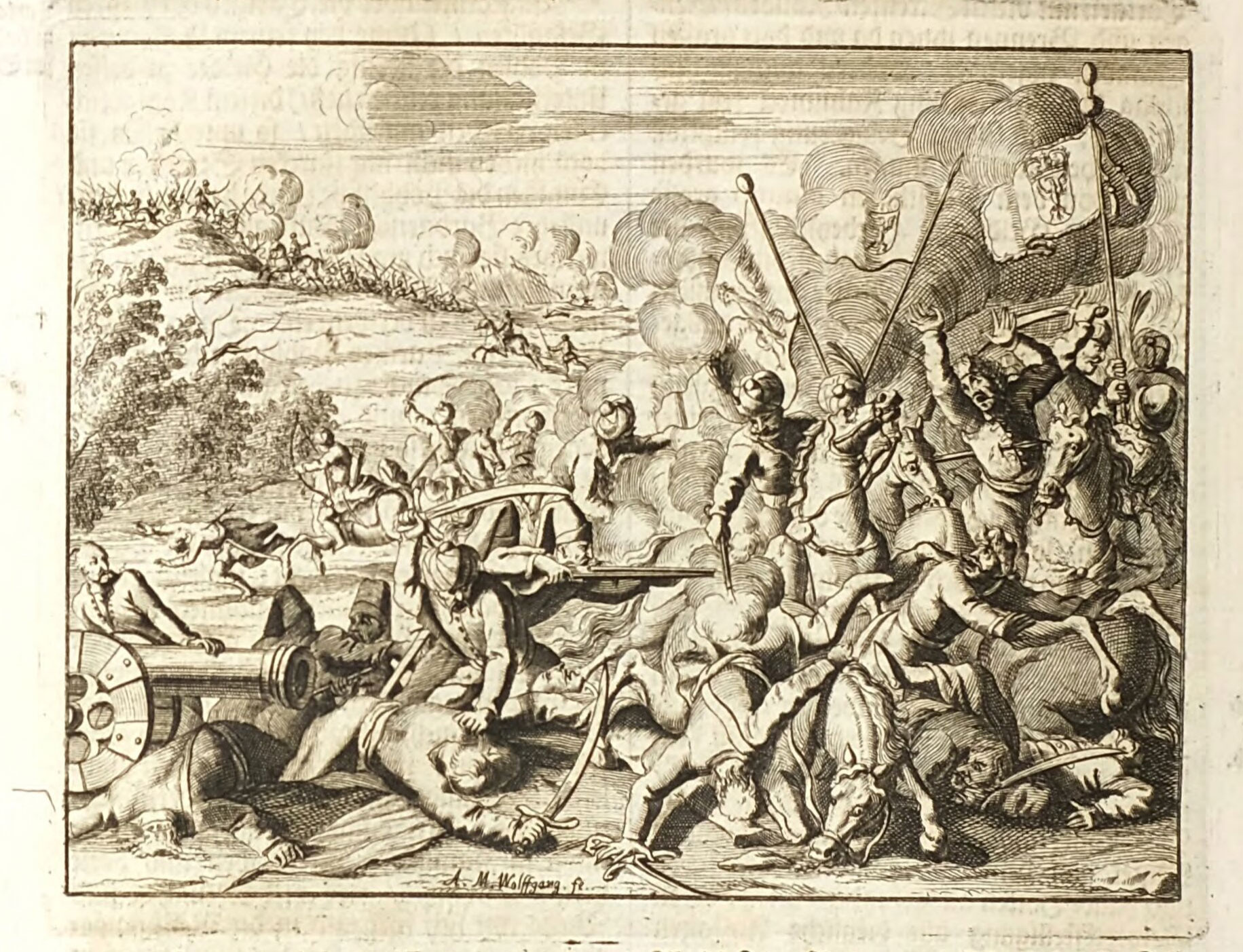The general uprising of the population of Kosovo against the Ottoman Empire in 1689, which was brought about by the bad management of Jegen Pasha and then encouraged and led by the military forces of the Habsburg dynasty, has caused radical changes in the social and economic stability of the entire region. , including the city of Pristina. From the letters sent by the inhabitants of this city, we learn that many of them had moved away, while those who remained were plunged into poverty and hardship. In addition to the internal attacks of the population, then the attacks that had come from the insurgents and the Habsburg forces, the city had also been captured by the Tatars sent there by the Ottoman Empire itself. In addition to the many abandoned villages that are reported in this period, looting and destruction of various buildings are also observed. In 1698, in this wave of attacks, the Catholic church of Saint Mary near Pristina was completely destroyed. In 1699 Porta e Larte had taken the first steps to become a corner of the city by establishing there a business for trading wool. It seems that the new company had some success, as in the following century we see many names from this city trading in furs in the various ports, mainly in Durrës and Shkodra. In the 18th century, the city seems to have recovered to some extent, without ever reaching the state it had before 1689, when it seems to have reached perhaps the peak of development for a long time.
The first destruction of Pristina (1689–1699)

How to reference
Prishtina in History (2025), The first destruction of Pristina (1689–1699), in Y. Rugova (red.) Prishtina in History (I). Last accessed 20.12.2025: https://www.prishtinanehistori.org/en/article/200/first-destruction-pristina-16891699



